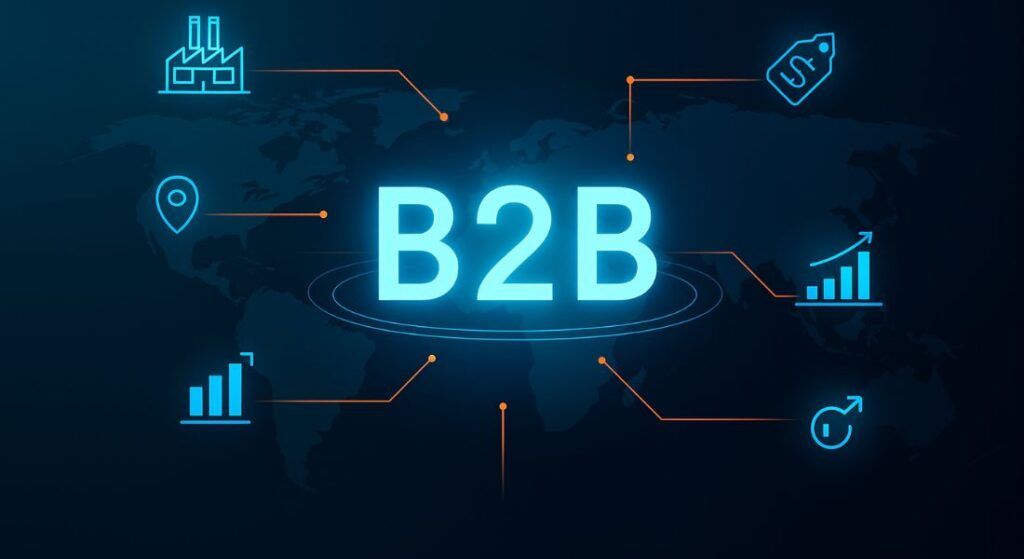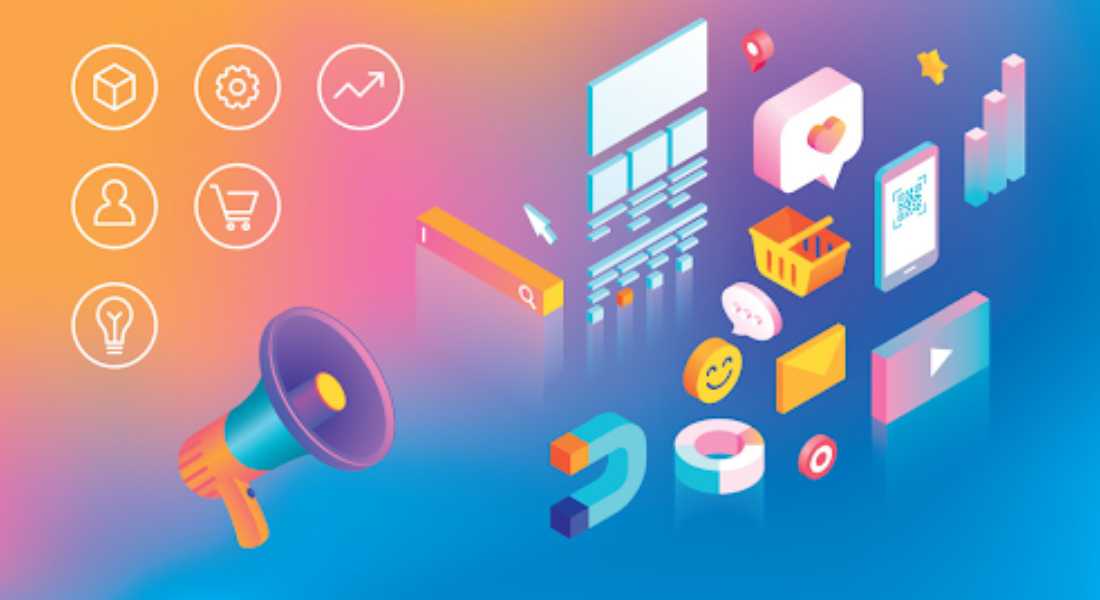Staying ahead of the competition is essential in the rapidly changing digital landscape of today. 85% of B2B marketers are quickly changing their strategies in order to adopt the newest digital marketing trends, according to recent surveys. B2B brands are focusing more on creative, data-driven strategies to reach their clients where they are, which is not surprising given that decision-makers are spending more time online than ever before.
Let’s examine some of the major trends influencing B2B marketing, their significance, and how companies may adjust to these developments to increase engagement, create leads, and promote expansion.
1. Account-Based Marketing (ABM) Is Going Mainstream
Although account-based marketing is not new, it is becoming more popular. ABM is currently a top priority for more than 60% of B2B marketers when it comes to their digital strategy. Unlike traditional marketing, which aims to reach as many people as possible, account-based marketing (ABM) concentrates on high-value accounts and targets marketing to particular companies and jobs within those companies.
A key development in modern ABM is the use of personalized email outreach to decision-makers, especially CEOs and C-suite executives. Instead of relying only on traditional sales channels, marketers now use intent data and verified contact tools to send tailored messages that address specific executive pain points, making outreach more targeted and effective.
One powerful ABM tactic is leveraging the emails of CEOs and other key decision-makers. By building targeted email lists of top executives, marketers, and other professionals can reach the right people with personalized outreach that speaks directly to their company’s needs. These high-quality email lists are often curated using verified data sources and play a critical role in initiating meaningful engagement at the executive level.
Marketers may deliver hyper-personalized content and identify potential prospects with the help of advanced targeting technologies and data analytics. For example, marketers use firmographic information to find potential customers and create personalized advertising campaigns.
2. Video Marketing Is No Longer Optional
The digital world is still dominated by video, and B2B marketers are quickly following up. 91% of marketers claim that videos have improved their ability to explain products and drive visitors, according to Wyzowl’s 2025 Video Marketing Report.
Video marketing offers several benefits:
- Engagement: Videos keep visitors on websites longer and are more likely to be shared across platforms.
- Retention: Complex B2B products and services are often easier to explain via demos, animations, or webinars.
- Conversion: Landing pages with video can boost conversions by up to 80%.
In order to rank higher in search results, many B2B companies increasingly use tailored videos in their outreach emails, use them for virtual events, and even incorporate them into their content strategy.
3. AI and Automation Are Streamlining Operations
In B2B marketing, automation techniques, and artificial intelligence are becoming essential. AI helps marketers work more effectively with chatbots, predictive analytics, automated email sequences, and CRM workflows.
Large-scale customization is where automation truly shines. AI, for example, can evaluate user behavior and modify marketing messaging instantly, increasing engagement and relevancy. Teams are now able to create intelligent nurture tracks that adapt dynamically to user input because of tools like HubSpot, Marketo, and Salesforce.
With AI tools, businesses can quickly scrape, verify, and organize up-to-date HR contacts, especially useful for companies offering solutions like wellness programs, training platforms, or hiring tools.
AI also enhances the effectiveness of targeted email marketing campaigns. For example, by integrating HR contact lists into automated workflows, companies can send highly relevant messages to HR professionals at scale. Clean and segmented email lists allow for personalized outreach that drives better open and conversion rates. This is especially valuable for B2B firms offering HR-focused solutions or services.
Additionally, sales teams can prioritize leads and adjust their pitches by using AI-powered lead enrichment tools that offer useful details like job titles and company sizes.
4. Influencer and Partner Marketing in B2B
These days, influencer marketing isn’t limited to B2C. B2B requires the help of industry professionals and specialized influencers to co-create content, promote services, or promote goods.
These influencers reach a very specific audience and give credibility. Their support is quite powerful, whether it’s through LinkedIn Lives, podcasts, or collaborative webinars.
Additionally, strategic partner marketing is becoming more popular, particularly in the tech and SaaS sectors. Without the high expense of paid advertising, cross-promotional initiatives between firms that are aligned are increasing brand visibility and producing quality leads.
5. Data Visualization and Interactive Content
The presentation of information is becoming increasingly important as more companies use data to inform consumers. Data visualizations, evaluations, calculators, and quizzes are examples of interactive information that is becoming more and more popular.
Interactive formats enable marketers to obtain useful information about prospects in a non-intrusive manner while also increasing user engagement. To assess ROI, for instance, a B2B software company might utilize a calculator and record the user’s contact information.
Conclusion
B2B marketing’s digital transition is not finished; on the other hand, it is speeding up. Brands are under pressure to innovate or risk falling behind, as 85% of B2B marketers are embracing technologies like AI, customization, ABM, and thought leadership content.
The most successful companies in the upcoming years will be those who adopt data-driven decision-making, tailor their outreach according to role and intent, and remain in line with changing buyer expectations.




